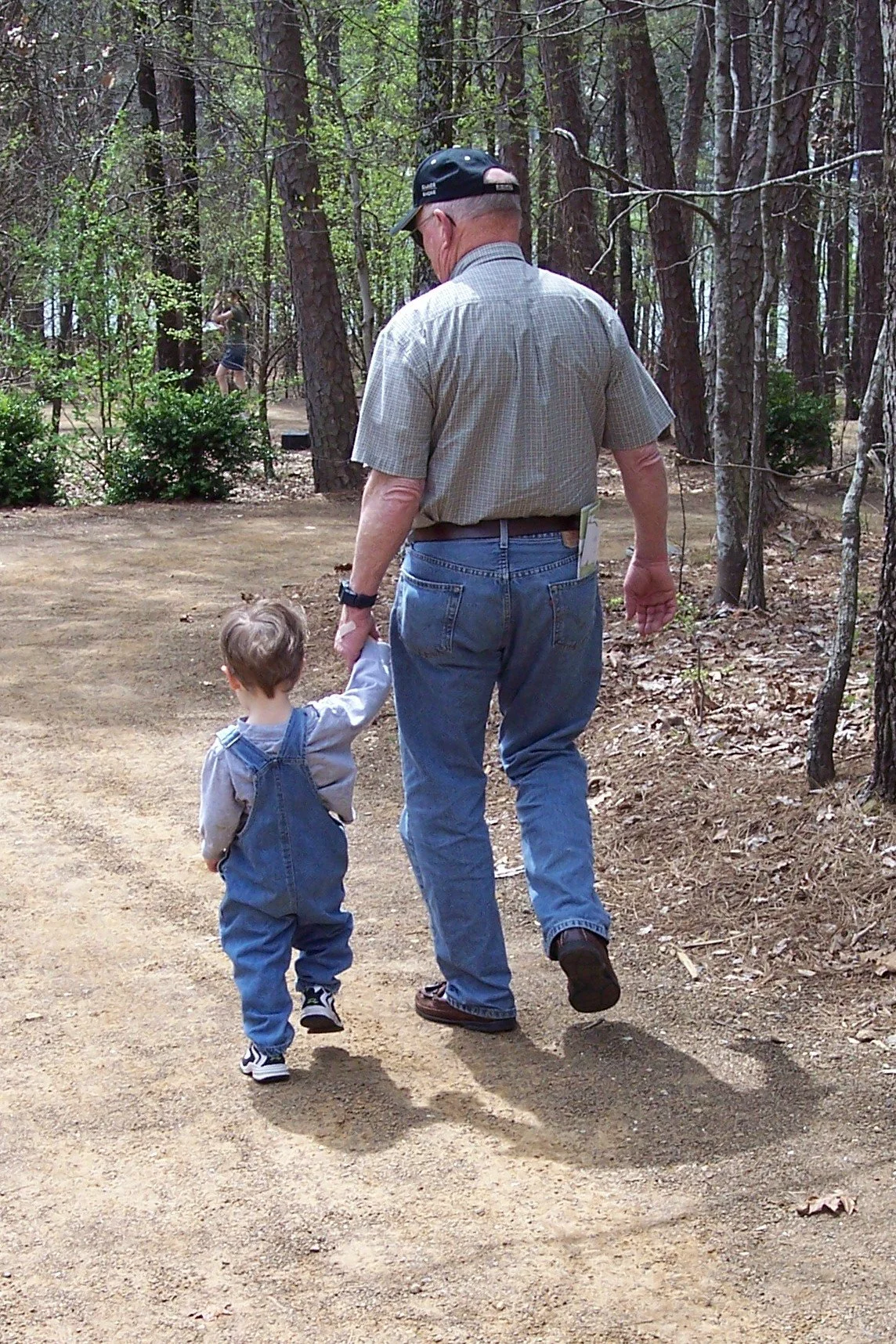Dendrites, Autism, and Mycorrhizae
When my high school senior and I communicate, I wonder what other people hear and see. Do they know we’re autistic?
Autism is commonly described as a disorder characterized by social impairments, communication difficulties and restricted, repetitive, and stereotyped patterns of behavior. These core symptoms are said to be due to under-conductivity among the brain regions participating in cortical networks. There are studies now looking at how genetic and environmental risks for autism spectrum disorders cause dendritic abnormalities underlying this brain under-conductivity.
When my son and I want to communicate, one of us signals to the other, indicating to take off their headphones. If my son talks first, and if it’s at the end of his virtual learning day, he will methodically go through each class, in order, listing the main lesson, if tests or quizzes had come back, what homework is assigned. I watch his body language. If he starts to pulse back and forth, his words more clipped, his eyes to the side or to the floor, I know he’s worried about how he’s going to pace out his homework with how he will plan his breaks, his afternoon snack, his daily work out, his online gaming with his brother, cousins and friends.
Dendrites, from the Greek dendrites meaning “of or pertaining to a tree” are defined as “appendages” that give and receive communication to cells. They spread out, like branches, “forming projections that become stimulated by other neurons and conduct the electrochemical charge to the cell body.” The PIE root of dendrites is *deru- “to be firm, solid, steadfast.”
I wait until my son stops talking, until I know he has gone through his whole day. It’s a process, and I know not to interrupt. He doesn’t mention the words anxiety, stressed, happy, sad, calm, nervous, hungry, worried, content. I tell him that he is doing so well, that he knows how to take good care of himself, and that he will get his projects done in time, like he does every time. I think about how I heard words like these from my autistic father. “Wait and see,” he would say, then a nod and a smile before turning back to his book.
The word conductivity means “to guide, accompany, show the way,” from the Latin conductus, past participle of conducere, meaning “to contribute, serve.” The prefix “con” means “together.”
I don’t ask if my son is sad. Or if he’s stressed. I know from his tone, his shape of words, his shape of sentences, his movements, what emotions he is feeling. There is an unspoken language that connects his words, his verbally unexpressed thoughts to my autistic mind and body. I am still, branches and roots extended.
Mycorrhiza or “fungus root” from the Latin myco- “of fungi” and Greek rhiza “root,” is a type of fungus that creates a relationship between fungi and trees that is mutually beneficial by allowing communication between plants. “Plant roots are hospitable sites for the fungi to anchor and produce their threads (hyphae).” The growth of the fungi is fostered by the essential nutrients of the roots which in return allows the fungi to “act as a virtual root system for the plants.”
There is an undercurrent of communication that flows underneath my son’s and my words and our body language. His words and actions branch out to me, like roots reaching out, pushing, tunneling through the soil towards my roots. The roots don’t touch physically, because they don’t have to. Something, maybe our shared autism language, connects us. Dendrites reach out to each other, just as the fungi connects the trees underground, through their branch-like roots, conducting perfect communication. All while up above the ground, no one would guess that the oak tree is talking to the rose bush a hundred feet away.


